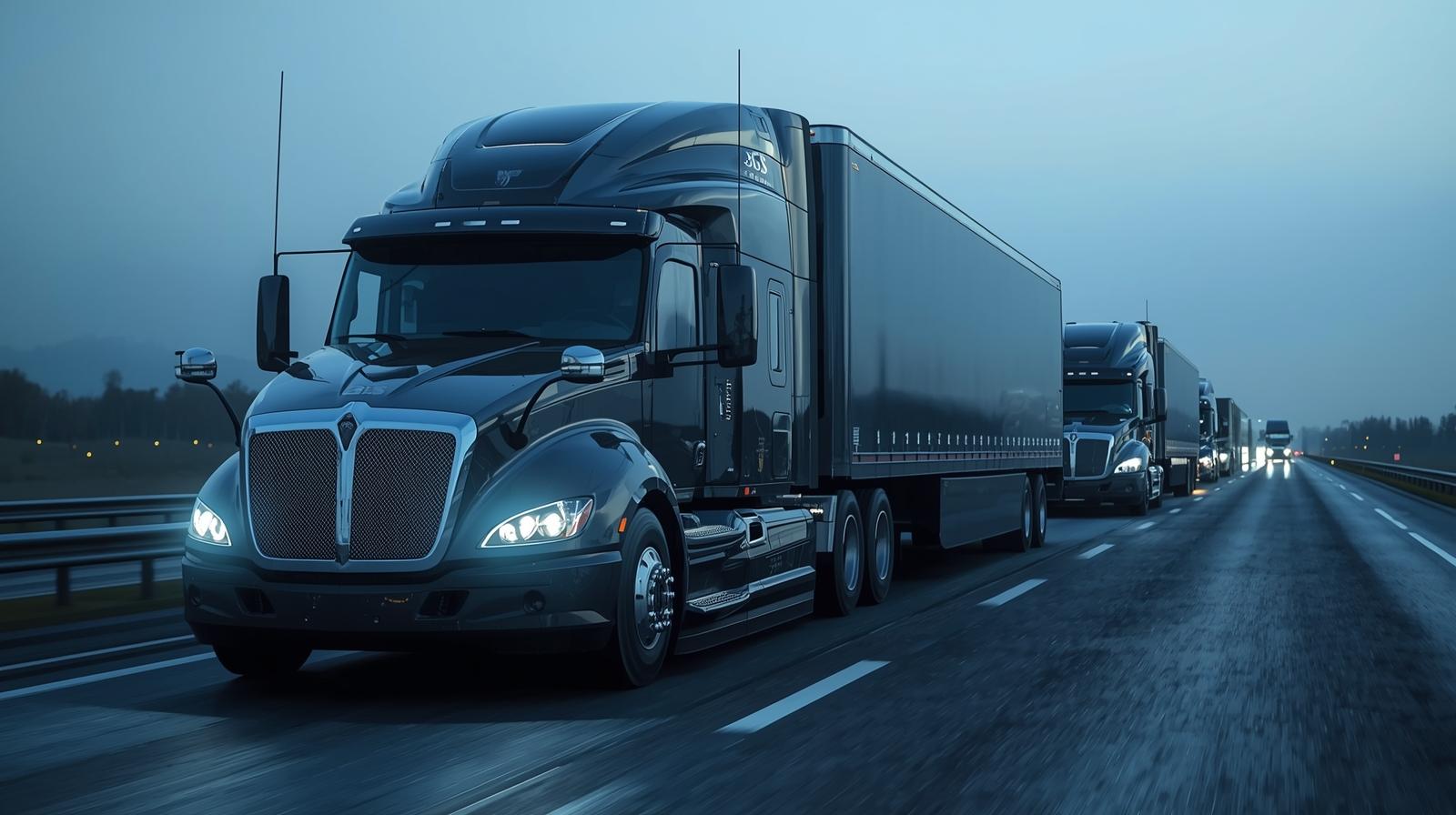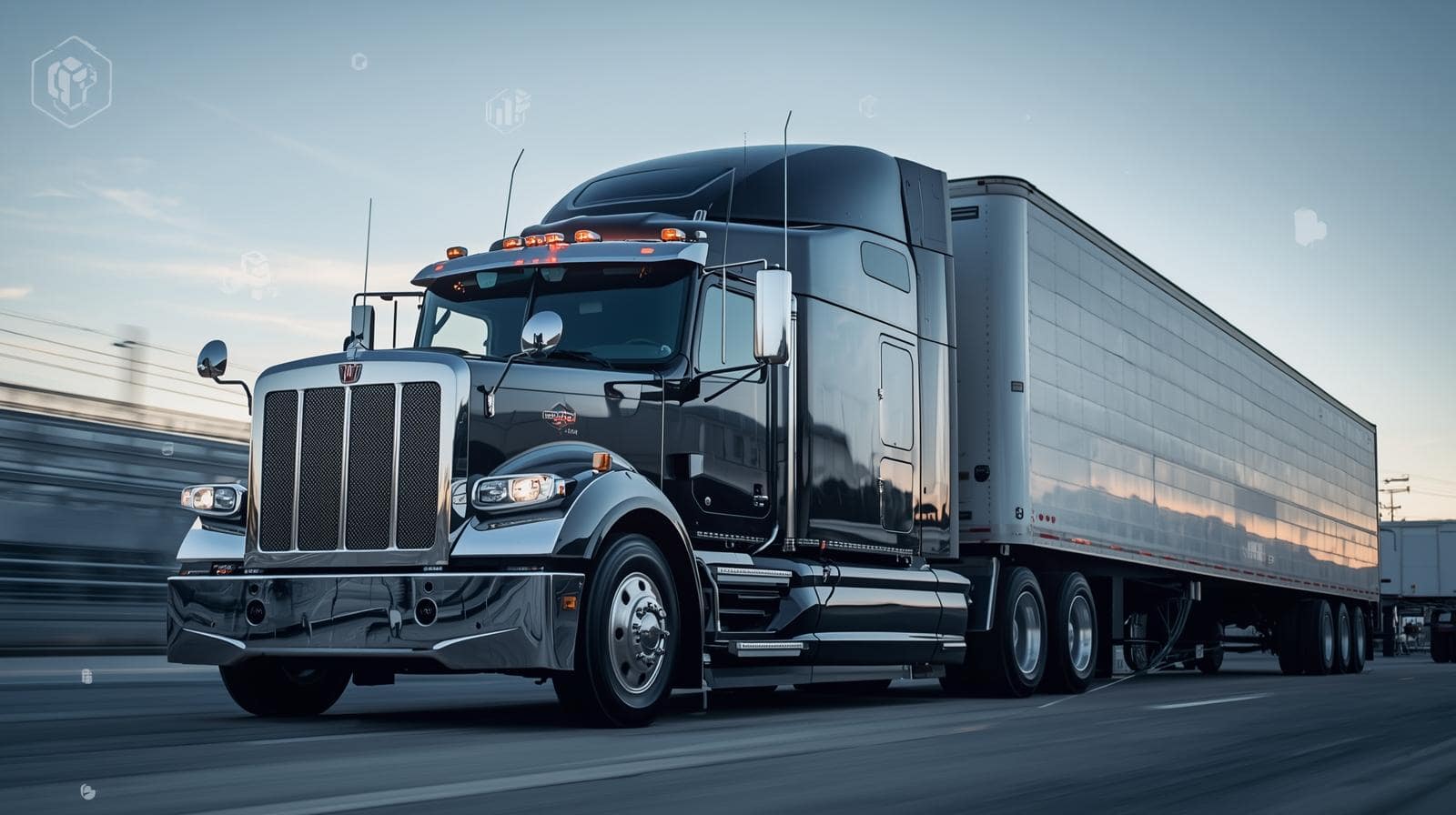Contents
The highway connecting the United States and Canada is more than asphalt — it’s a corridor of trade and technology. Each year, millions of shipments flow between the two nations, relying on precision, timing, and trust. The next major step in that journey arrives in 2026, as both countries move toward fully aligned electronic logging device (ELD) standards. This evolution will redefine compliance, communication, and safety in cross-border logistics.
One System Across Two Nations
For decades, fleets faced a challenge that had nothing to do with weather or distance — incompatible ELD rules. Drivers were forced to switch systems and adjust logs when crossing the border. The new harmonized framework eliminates that divide, creating one consistent compliance environment.
A driver hauling freight from Chicago to Calgary will use the same logging process from start to finish. Hours-of-service (HOS) rules, inspection protocols, and digital formats will synchronize automatically. The result is clarity where confusion once ruled.
Shared Commitment to Safety
Both FMCSA and Transport Canada recognize that technology should protect, not complicate. The unified standards focus on reducing fatigue, improving oversight, and ensuring data integrity. Real-time tracking and automated reporting remove manual errors, while consistent enforcement strengthens public safety.
This alignment doesn’t just help regulators — it helps drivers. Fewer administrative steps mean more rest, fewer violations, and a smoother work rhythm. For fleets, that translates into reliability, lower insurance costs, and fewer compliance risks.
Intelligent Compliance Through Technology
The modern ELD operates more like a co-driver than a logbook. AI-driven systems detect regional boundaries, automatically adjust HOS limits, and sync data across cloud platforms. Compliance becomes autonomous, not burdensome.
Artificial intelligence brings predictive insight to fleet management. It detects driving trends, flags potential violations early, and recommends optimal rest schedules. Cross-border trucking evolves from reactive recordkeeping to proactive optimization — a digital ecosystem that anticipates rather than corrects.
Economic Efficiency at Scale
Trade between the U.S. and Canada exceeds $700 billion annually. Harmonized ELD systems will save time at every checkpoint and inspection, turning minutes into miles. Unified data formats mean inspectors can verify compliance instantly, reducing delays that cost fleets thousands per trip.
Smaller carriers gain the most. Equal standards erase the technological gap between independent operators and major logistics firms. With shared digital tools, every fleet — regardless of size — competes on performance, not paperwork.
Ezlogz — The Smart Link Between Borders
Ezlogz is built for the reality of cross-border operations. Its ELD platform seamlessly adapts to both U.S. and Canadian frameworks, switching rules in real time as drivers cross territories. Logs update automatically, eliminating the need for manual edits or separate systems.
The platform integrates GPS tracking, document exchange, and AI analytics into a unified dashboard. Fleet managers can monitor performance, predict issues, and maintain compliance without extra effort. Ezlogz doesn’t just meet harmonized standards — it embodies them.
Comparison of ELD Standards
| Feature | U.S. FMCSA | Canadian Transport Canada | Unified Advantage |
| Certification | Provider self-certified | Third-party verified | Combined reliability and trust |
| Driving Limit | 11 hours | 13 hours | Auto-adjustment per jurisdiction |
| Data Transfer | Web/email upload | Bluetooth/USB transfer | Streamlined inspections |
| Retention Period | 6 months | 6 months | Consistent compliance timelines |
| System Updates | Periodic | Continuous | Unified digital accuracy |
Harmonization blends these frameworks into one interoperable digital system — a foundation for efficient, transparent, and modernized cross-border operations.
The Road Ahead
By 2026, the ELD will evolve from a compliance device into the digital infrastructure of North American trucking. Drivers will experience less friction, fleets will operate with data precision, and inspectors will enforce with instant clarity.
This alignment isn’t just a policy upgrade — it’s a shift toward intelligent transportation. The border will remain physical, but the systems managing it will act as one. Cross-border trucking will finally operate like the highway it travels — open, connected, and built for movement.
FAQ
1. What will change for drivers after ELD harmonization?
Drivers will use one unified ELD system recognized in both the U.S. and Canada, eliminating the need to switch devices or adjust logs at the border.
2. How does ELD harmonization improve safety?
Standardized data ensures consistent monitoring of driving hours and rest periods, reducing fatigue-related risks and violations.
3. Will fleets need to purchase new devices?
No. Modern systems like Ezlogz already support cross-border adaptability through automatic updates and certification alignment.
4. What advantages do small carriers gain from the new standards?
They gain equal access to advanced ELD features, reducing administrative costs and competing effectively with larger fleets.
5. How does Ezlogz simplify cross-border compliance?
Ezlogz automatically adjusts HOS rules and data formats based on the driver’s location, keeping records synchronized and compliant in real time.
6. What economic benefits will harmonization bring?
Unified ELD systems minimize inspection delays, streamline logistics, and improve overall fleet productivity across North America.
7. When will the harmonized standards take effect?
Both countries aim to implement full cross-border interoperability by 2026, setting a single compliance standard for North American trucking.










